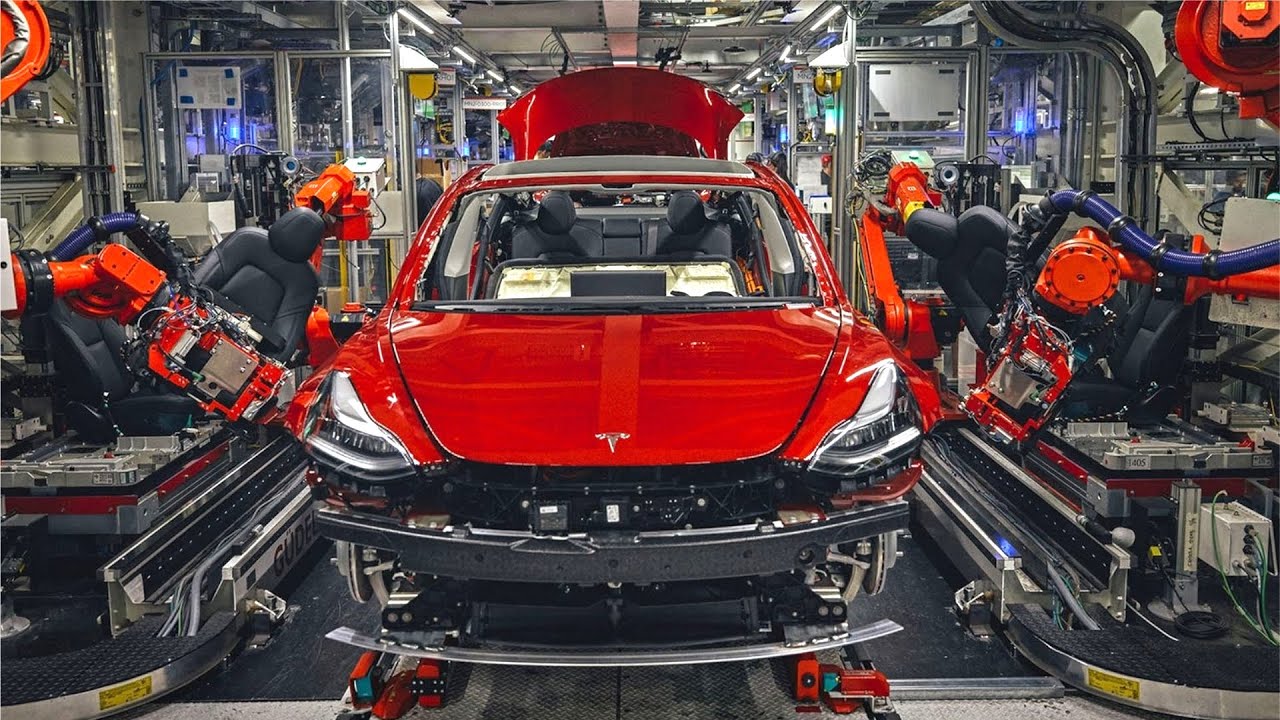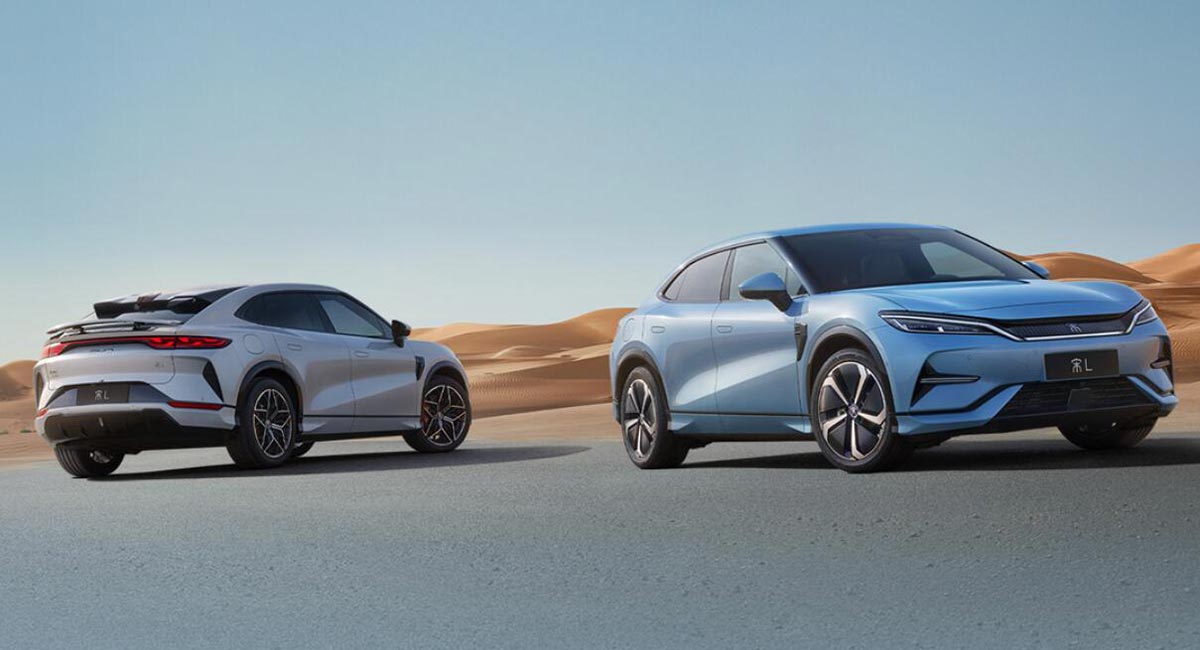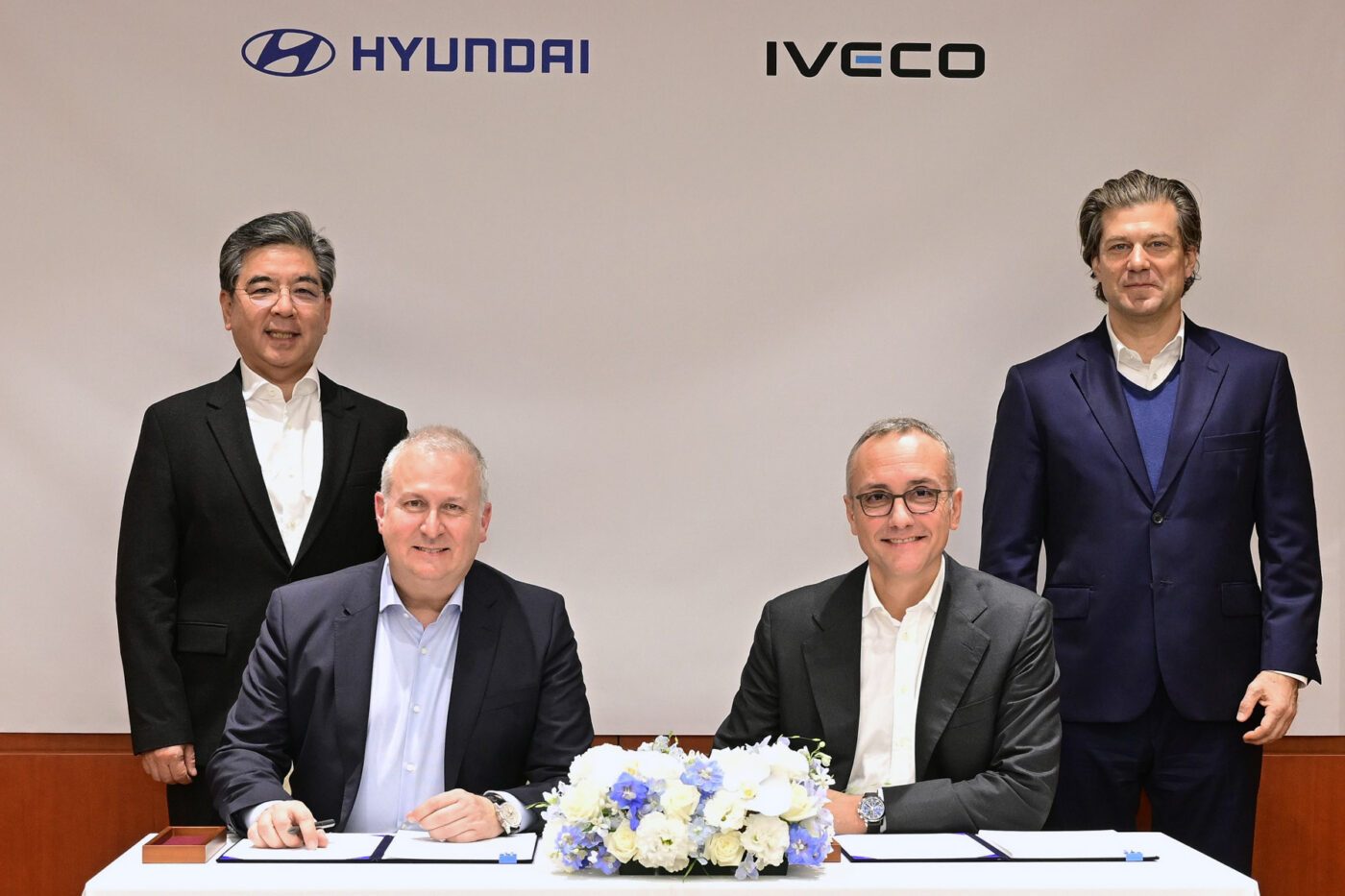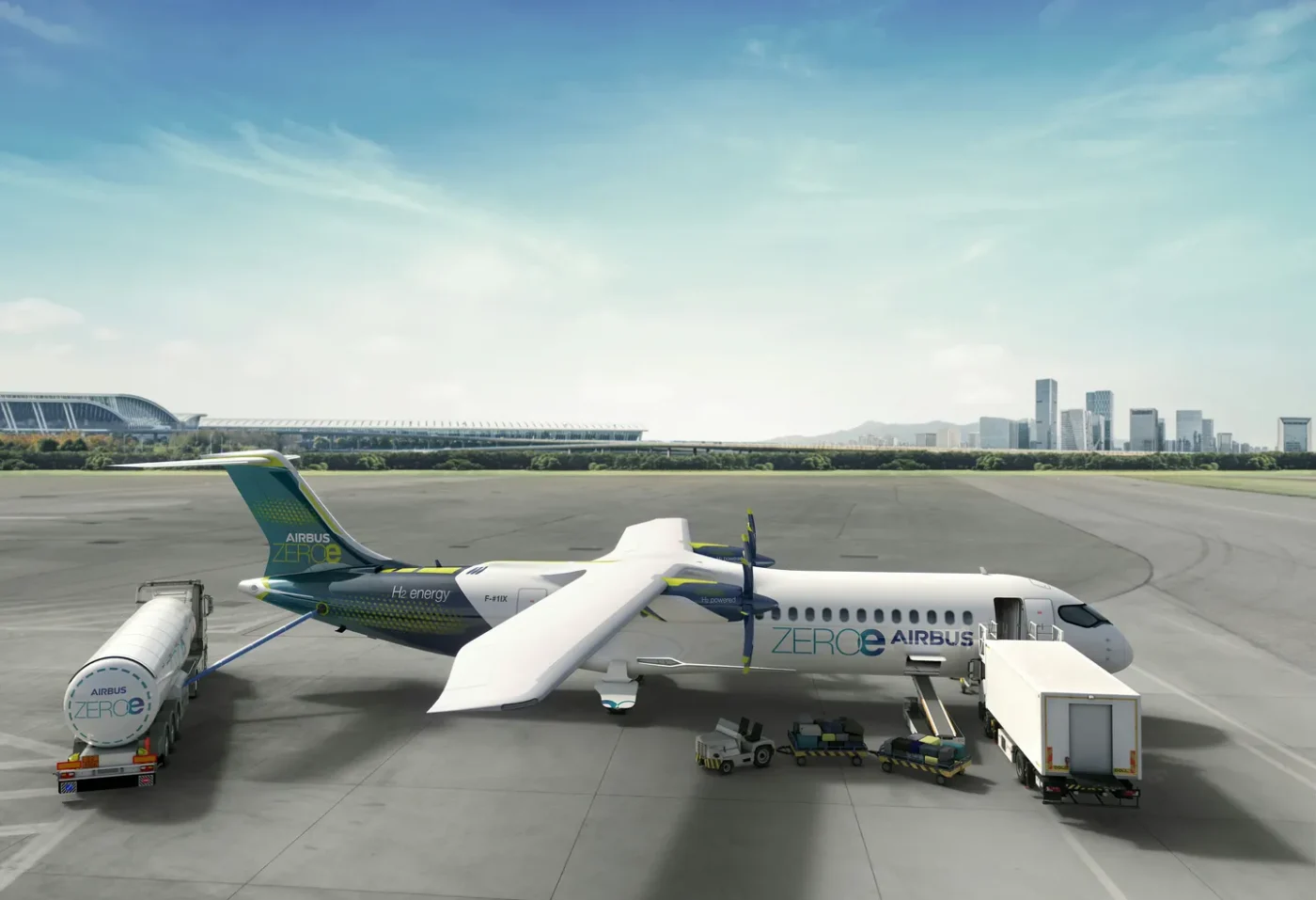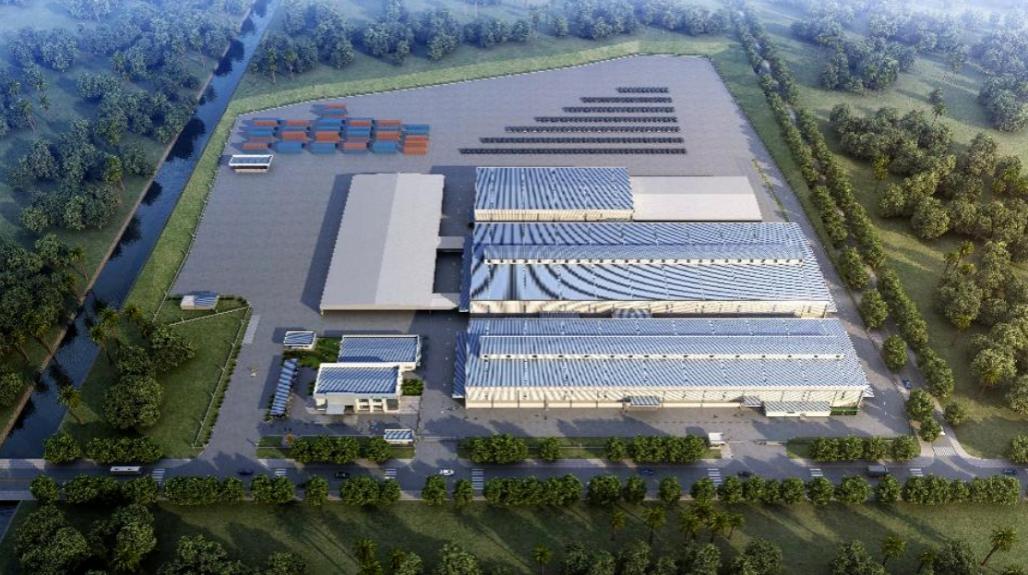Electric vehicle pioneer Tesla is purportedly considering an expansion of its battery cell production in Nevada through the acquisition of production equipment from Chinese battery giant CATL (Contemporary Amperex Technology Co. Limited). According to sources, Tesla aims to purchase equipment for a new battery plant in Sparks, Nevada, which is expected to commence operations in 2025. The insider reports highlight that CATL will not engage in the actual production process, a move likely made to mitigate potential concerns over Chinese involvement in U.S. manufacturing.
The forthcoming facility in Sparks is slated to focus on producing LFP (lithium iron phosphate) cells dedicated to Tesla’s stationary Megapack batteries. Initial estimates indicate an annual capacity of approximately 10 GWh. Tesla plans to retain full control over the plant, shouldering all associated costs, while enlisting the assistance of CATL employees solely for the equipment setup.
See also: Tesla Recalls Nearly 200,000 Vehicles in the U.S. Over Software Glitch
Tesla’s decision to utilize LFP cells in its stationary storage solutions, including the Powerwall for residential use and Megapacks for large-scale energy storage, was announced in 2021. The move was partially attributed to the abundance of iron, a key component in LFP chemistry. While the primary focus is on stationary batteries, there exists the potential for future expansion to include LFP cells for electric vehicles.
CATL currently stands as a major cell supplier for Tesla’s electric cars, with both entities maintaining a significant degree of interdependence. Prior to diversifying its supply chain, Tesla exclusively sourced LFP cells from CATL. Over half of Tesla’s global sales are reportedly comprised of LFP versions of popular models such as the Model 3 and Model Y. Bloomberg notes that CATL cells are also used in Tesla’s current Megapack product. In the 2021 financial year, Tesla held the position of CATL’s largest single customer, constituting ten percent of the company’s sales at the time.
Neither Tesla nor CATL have issued official responses to inquiries from Bloomberg at the time of this report.
Tesla’s broader efforts to bolster battery production include the expansion of its Giga Nevada plant in collaboration with Panasonic, focusing on the production of 2170 round cells for models like the Model 3 and Model Y. The company aims to extend this facility to accommodate the production of 4680 round cells for vehicles such as the Semi.
Elon Musk revealed during a recent conference call that Tesla’s energy storage division is experiencing accelerated growth, outpacing the expansion rate of its electric vehicle business. This division encompasses products like the Powerwall for residential energy storage and Megapacks tailored for commercial and utility-scale projects.
The strategic move to limit CATL’s involvement in the new factory is likely an attempt to preempt potential criticism from lawmakers seeking to reduce U.S. dependence on Chinese technology. Similar concerns have been raised in the context of other automotive projects, such as Ford’s scaled-back LFP battery factory plans in Michigan, where the automaker intended to license technology from CATL.

